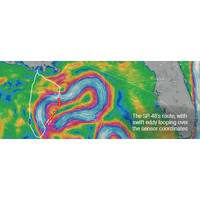
SeaTrac USV Completes GoM Data Harvesting Project
For nine days during 2024, uncrewed surface vehicle (USV) manufacturer SeaTrac and underwater technology company Sonardyne collaborated to remotely measure currents and gather oceanographic data in the U.S. Gulf of Mexico’s Loop Current System (LCS).Understanding the LCS is crucial for subsea operations, hurricane research, monitoring marine life and more. However, collecting such data at sea via traditional manned vessels brings risk to on-board crews and generates high operational costs, while also emitting harmful greenhouse gases.Representing the first of four project phases for the University
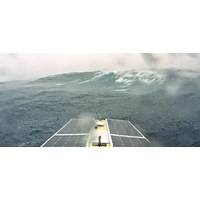
USV Hypoxia Mapping Capabilities Verified by Manned Vehicle
SeaTrac has used its SP-48 uncrewed surface vehicle (USV) to map potential hypoxic zones in the U.S. Gulf of Mexico as part of a project that confirmed its performance using data from a crewed vessel.Working in partnership with the University of Southern Mississippi (USM) and NOAA’s Office of Marine and Aviation Operations (OMAO), SeaTrac sought to prove the effectiveness of an uncrewed system in gathering real-time data in these waters, while also reducing the manpower and resources used in traditional data collection methods.Operational goals included testing and demonstrating sampling procedure
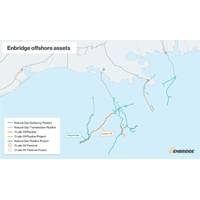
Enbridge to Build Pipelines for BP’s US Gulf of Mexico Deepwater Oil Project
Company to complete engineering and design of a floating production unit (FPU) for the Kaskida development.Engineering work for the Kaskida FPU is already underway. Singapore's Seatrium had previously been selected to carry out early engineering work.BP Approves Sixth Production Hub in US Gulf of MexicoBP Picks Designers for Kaskida FPU in the US Gulf of MexicoABS to Class and Verify Semisub Production Unit for BP’s Kaskida Projec
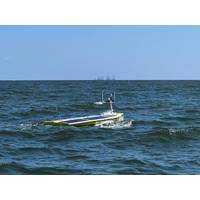
Sonardyne, SeaTrac team to Collect GOM Oceanographic Data
Oceanographic data from Atlantic Ocean currents in the U.S. Gulf of Mexico has been gathered fully remotely using Sonardyne technology and an uncrewed surface vehicle (USV) supplied by SeaTrac Systems.A number of Sonardyne Origin 65 Acoustic Doppler Current Profilers (ADCPs) and Current Pressure Inverted Echo Sounders (CPIES) are positioned on the seabed in the Gulf of Mexico gathering long term data on the Loop Current System (LCS).Understanding the LCS is important for oceanographers as it has a wide-reaching impact on many areas including the disruption of subsea operations
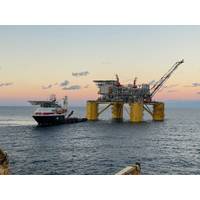
Subsea7 Reveals it is Supporting Shell's Vito Waterflood Project
Subsea7 in August announced it was awarded a "sizable" contract, worth between $50 million and $150 million, to perform engineering, procurement, construction, and offshore installation (EPCI) work in the U.S. Gulf of Mexico.The company revealed on social media that the contract was awarded by Shell Offshore Inc., for its Vito waterflood project. Subsea7's work scope includes EPCI of a water injection flowline, hull piping, and associated subsea infrastructure for an enhanced oil recovery project at Shell’s deep-water Vito platform.Project management and engineering work will start
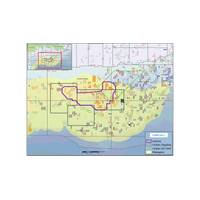
Viridien Starts Sparse OBN Project in the Gulf of Mexico
Viridien has announced the start of the Laconia 3D OBN multi-client seismic program in the US Gulf of Mexico.Covering 330 offshore continental shelf (OCS) blocks in the Garden Banks and Keathley Canyon protraction areas, the project is supported by industry funding. Acquisition started in July 2024 with delivery of initial products scheduled for Q2 2025.The complex salt geometry in the Garden Banks and Keathly Canyon area creates significant sub-salt exploration and imaging challenges.To improve the resulting images and subsurface information, the survey will record extra-long-offset full-azimuth OBN
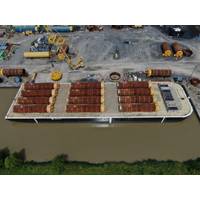
InterMoor Delivers Mooring Piles for LLOG’s Salamanca FPU
Acteon’s InterMoor has completed the construction of 12 mooring piles for the Salamanca floating production unit (FPU) located in the U.S. Gulf of Mexico and operated by LLOG Exploration.The 12 piles, built with over 2,000 tons of steel, are 80’ long and 16’ OD, weighing over 150 tons each.InterMoor provided the design of the piles from their engineering office in Houston, as well as the steel procurement and fabrication of the piles at its Louisiana facility.LLOG Exploration Offshore will use the Salamanca floater to develop the Leon and Castile subsea developments in the U.S.
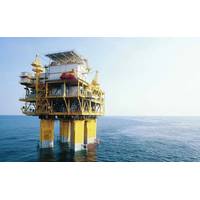
Subsea7 Secures Work with Talos Energy in Gulf of Mexico
Offshore services firm Subsea7 has secured a ‘sizeable’ contract with U.S. oil and gas company Talos Energy for its Sunspear development in the Gulf of Mexico.The project involves the subsea tie back of one production well at Sunspear to the Prince platform, 12 kilometers to the north.Subsea7 will install the flowline and related subsea equipment at 500 meter water depths.Though not specifically stated by Subsea7, the contract is valued between $50 million and $150 million.Subsea7’s Houston office will oversee project management and installation engineering, with offshore work
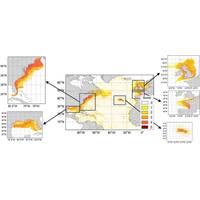
High-Risk Litter Zones Threaten North Atlantic Wildlife
groups and shallow water habitats. Vulnerability scores were devised by assessing the extent of documented ingestion, entanglement or smothering of land-based plastic.The modelling analysis identified high-risk zones (HRZs) as UK waters, the Azores, the French and US Atlantic coasts and the US Gulf of Mexico.Whilst much of the land-derived plastic litter influencing risk in UK territorial waters originated from UK rivers, in other HRZs, such as the Azores archipelago and the US Gulf of Mexico, plastic originated from other regions, with most of the plastic in the Azores estimated to have come from


 February 2025
February 2025





